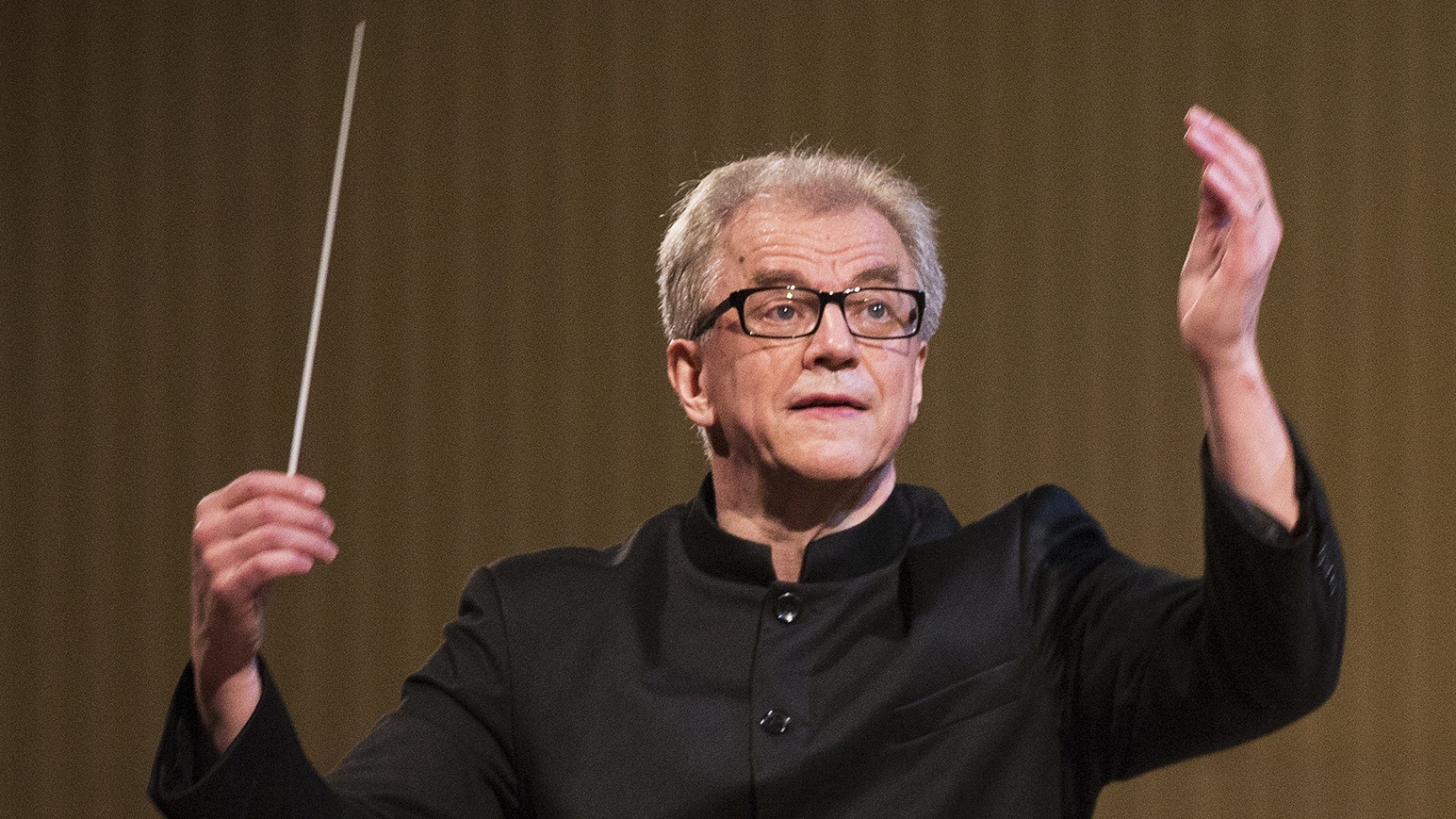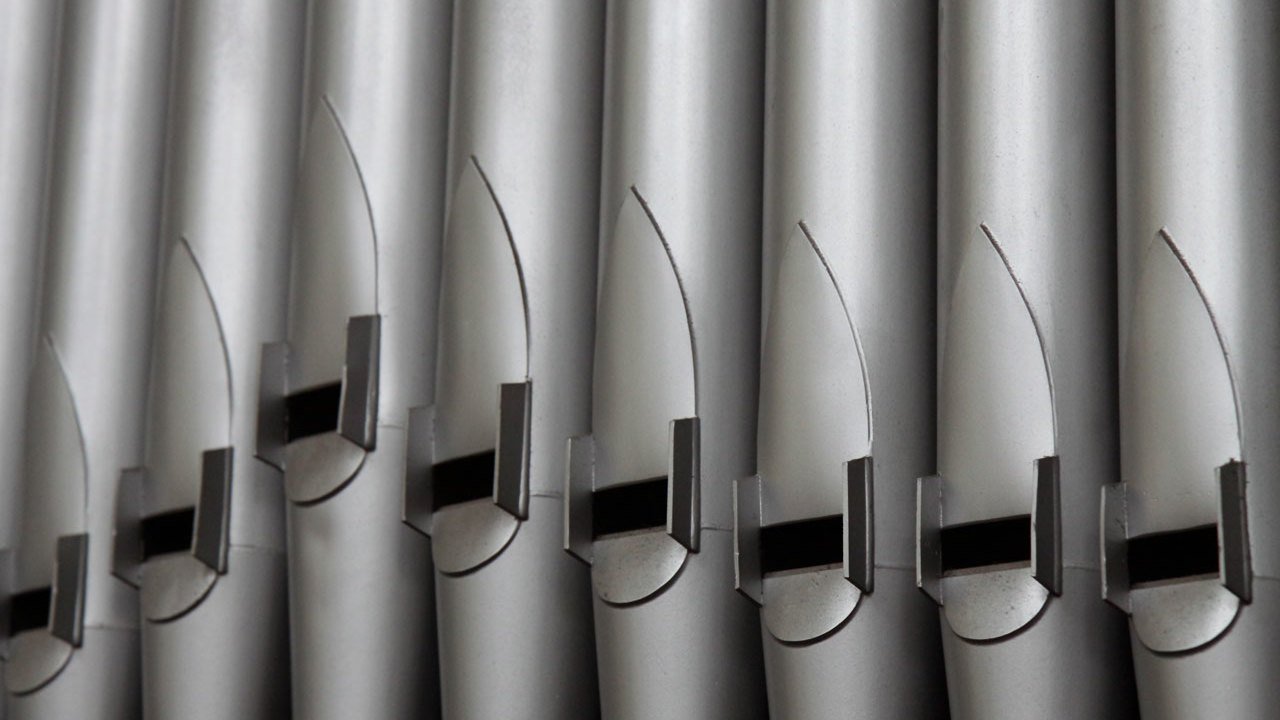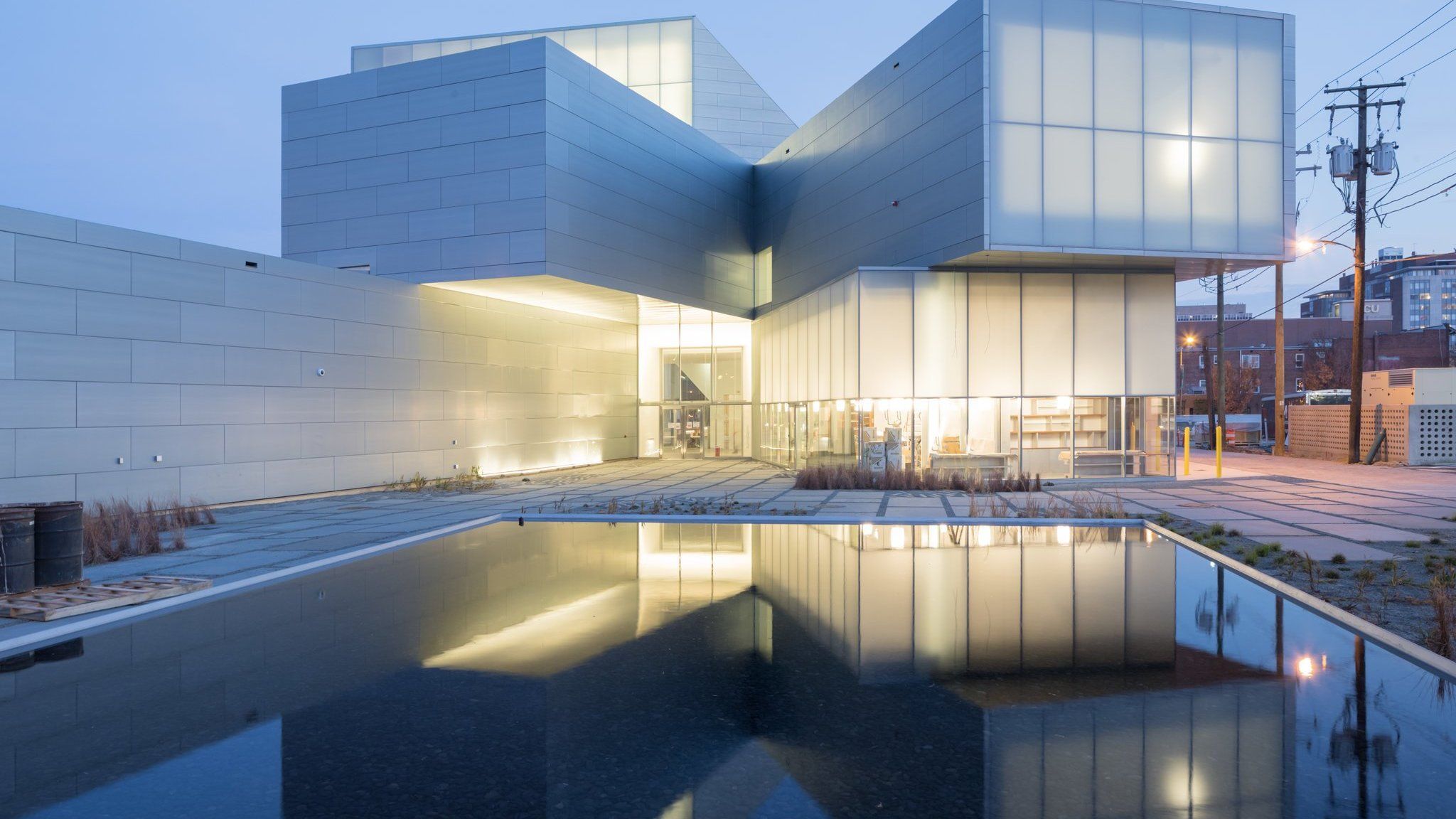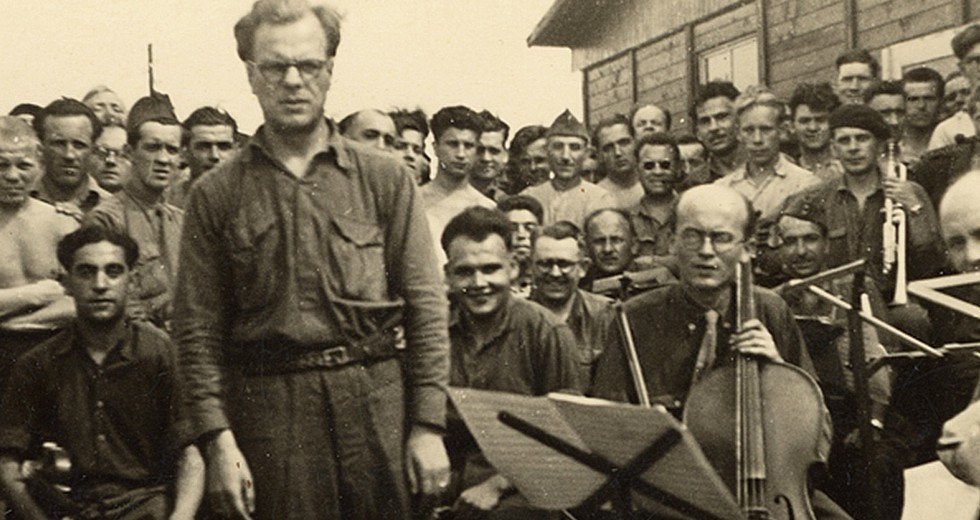An Obscure Corner of Copland’s “Appalachian Spring”
O Appalachian Spring! I gained the ledge; Steep, inaccessible smile that eastward bends And northward reaches in that violet wedge Of Adirondacks! – Hart Crane, The Bridge: The Dance Aaron Copland’s Appalachian Spring is usually heard in its concert suite form for full orchestra. (Leonard Bernstein’s 1982 recording with the Los Angeles Philharmonic remains one of my favorite performances of the suite). But the 1944 ballet, written for Martha Graham, was originally a more intimate chamber …







